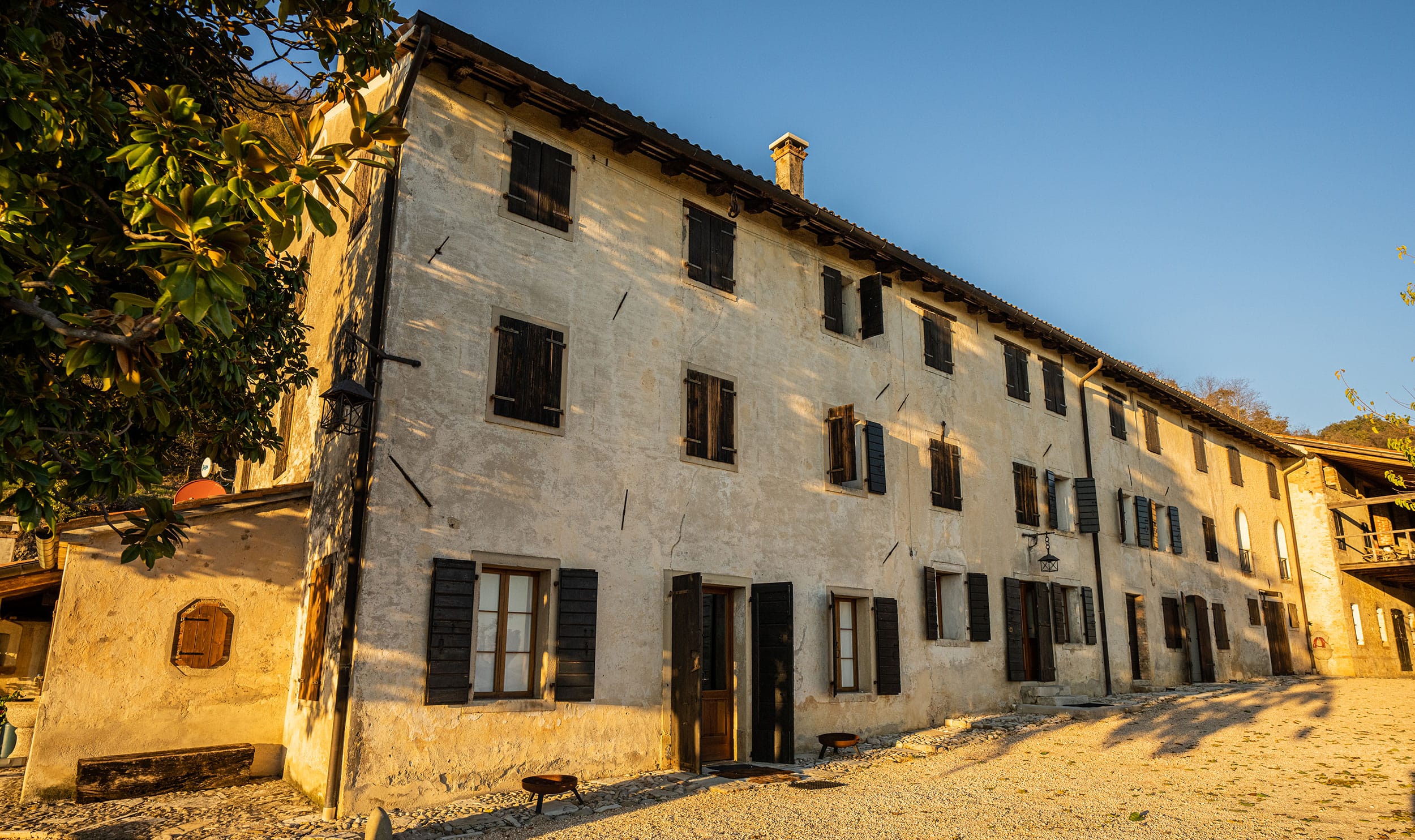
THE HISTORY
We respect the values carried on by those who preceded us
The history of our wine production has ancient origins, linked to the farmhouse and the distinctive culture of the Pievigina area from the beginning of the last century.
The house, which controls and looks after our vineyards, was built three times to accommodate the land workers (the sharecroppers), employees of the Brandolini counts. The latter were the landowners of Venetian origin who, together with the Sammartini counts, owned the entire area of Pieve di Soligo.
The house was the home of poor people paid with the worst part of the cultivated product, while the best portion was reserved for the landowners.
The history of the building originates from the customs of using local laborers to allow the population to live with agriculture, which at the time was the only means of livelihood present in that area.
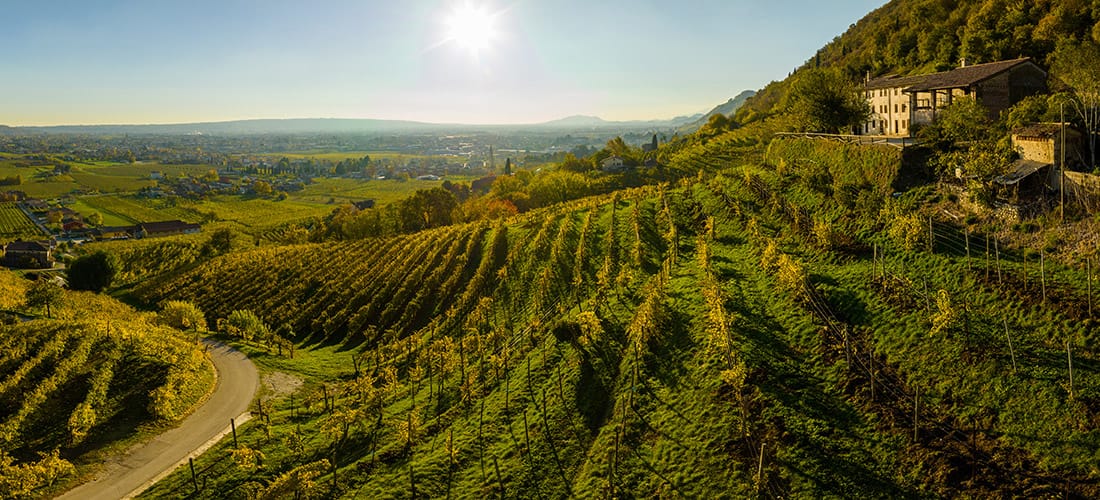
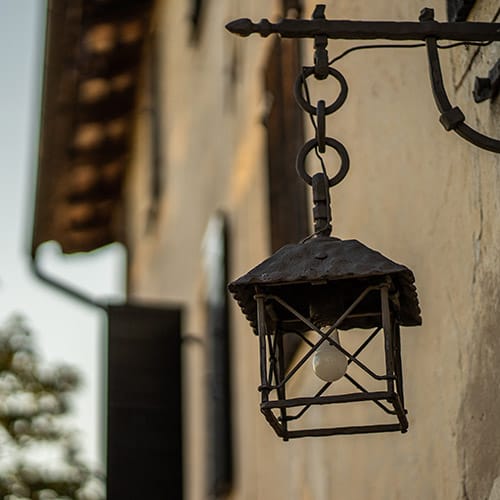
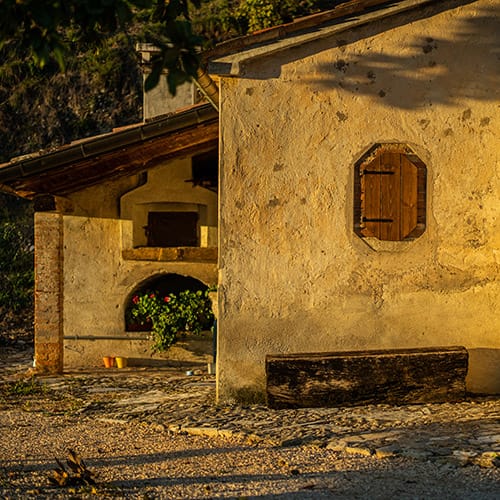
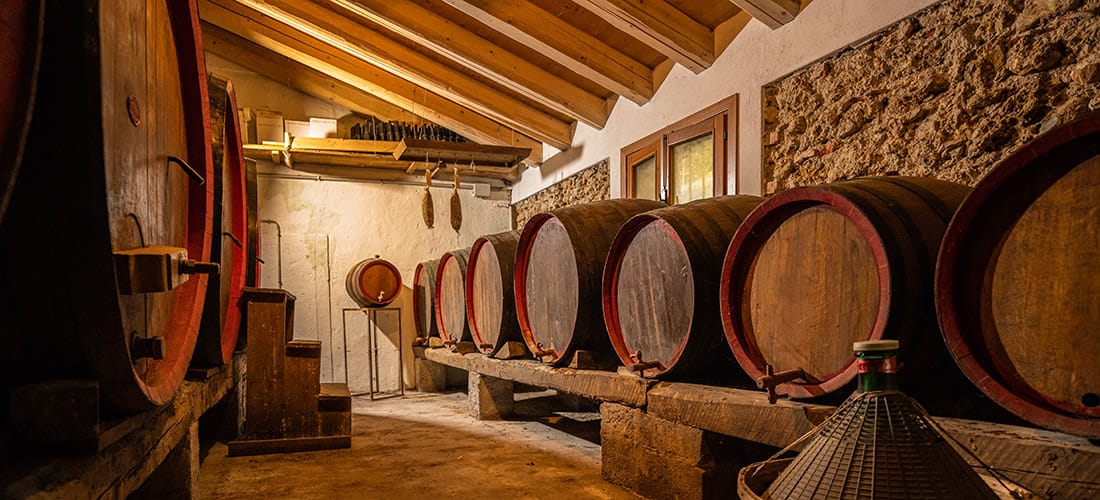
ANCIENT ORIGINS
The first part of the building was constructed during the mid-16th century
Originally the house was used as a stable and shelter for agricultural tools.
Subsequently, around 1600-1700, the second part of the building was built, currently the central one.
Finally, the last part (1900) is where the large kitchen was built to accommodate as many staff as possible, necessary for working the fields.
Over 40 people lived in this house; the settlers, with their respective families, used the place to live there and work the surrounding land.
Also, inside the house, the cellar still exists today, located north of the building in a strategic position to maintain the proper humidity and temperature necessary for the best conservation of wine and foods.
The old cellar (with the ancient Slavonian oak barrels) has been kept as it was initially, in memory of the ancient winemaking traditions.
In the mid-1960s, the Brandolini counts sold the building to the family of Toni Benetton, a wrought iron sculptor, who enriched the building with his works, unique in their kind, currently present and used inside the house.
WINE AND SILK
In addition to the production of wine, silkworms were grown in the house
The settlers cultivated the silkworm by allocating the caterpillars on grids. First, they gave to eat to them the finely chopped mulberry leaves.
Then, they sold the silk to the local spinning mills (the first example of local industry).
Some mulberry trees have been planted in the courtyard in front of the house, and nowadays, there are still some.
However, the worm needed a relatively high temperature, around 30°C, to spin and create the cocoon.
This is why they built a powerful stove (still positioned in the large kitchen) to reach the necessary temperature.
During the summer, the most fertile period to produce silk, all the workers living in the house were forced to stay outdoors to avoid the heat the silkworm needed for spinning.
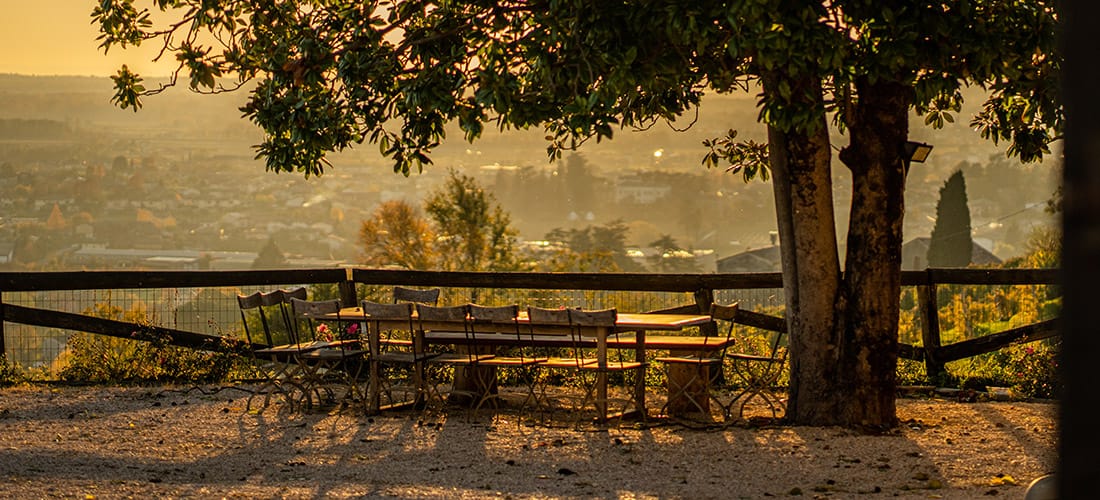
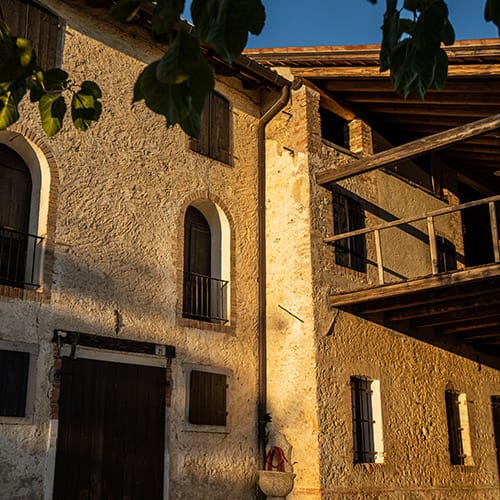
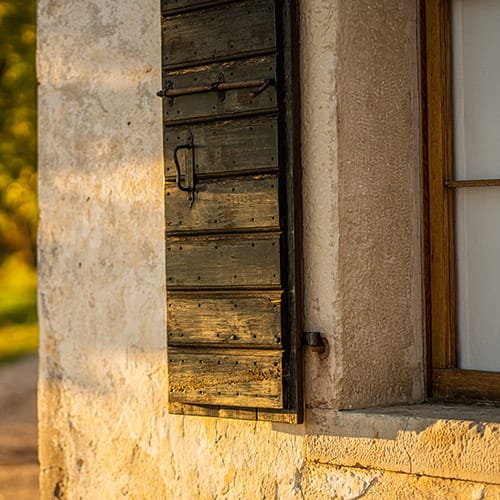
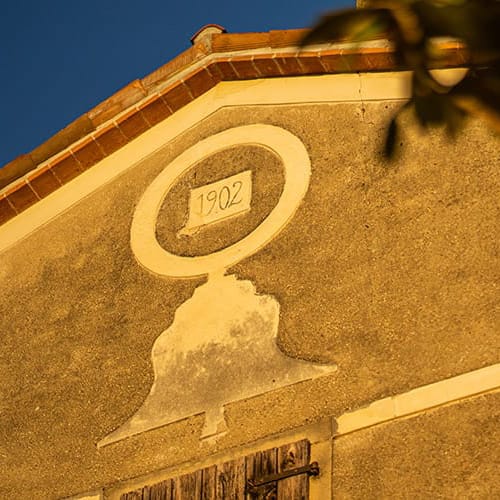
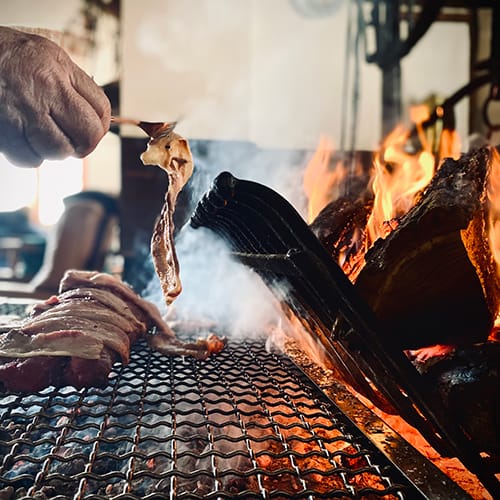
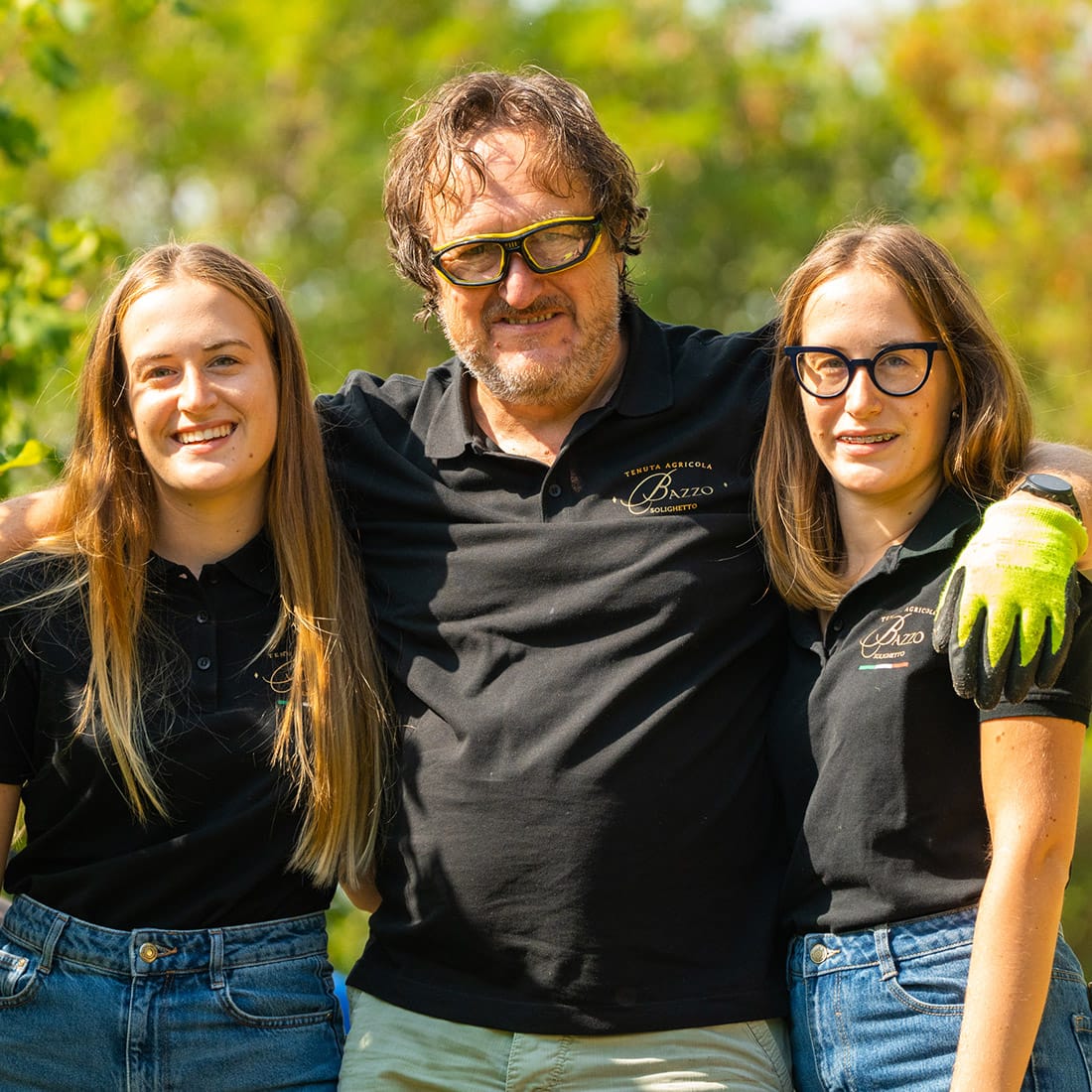
OUR DAYS
Know the past to imagine the future
In 1977 our ancestor Luigi Bazzo bought the property maintaining its characterizing aspect unchanged: a rural building inhabited by people who carried out their duties in the fields.
His son Michele and grandaughters Alessia and Martina want to keep an enduring memory of their loved one and the innate culture of this estate.
Furthermore, we want to continue producing wine according to the spirit of the tradition of our places.
It derives a healthy product that reflects the house's actual characteristics and the more than 100-year-old tradition maintained within this large farmhouse.
For this reason, we have decided to concentrate on the exclusive production of Prosecco Superior D.O.C.G. Brut to show constancy and respect for tradition.